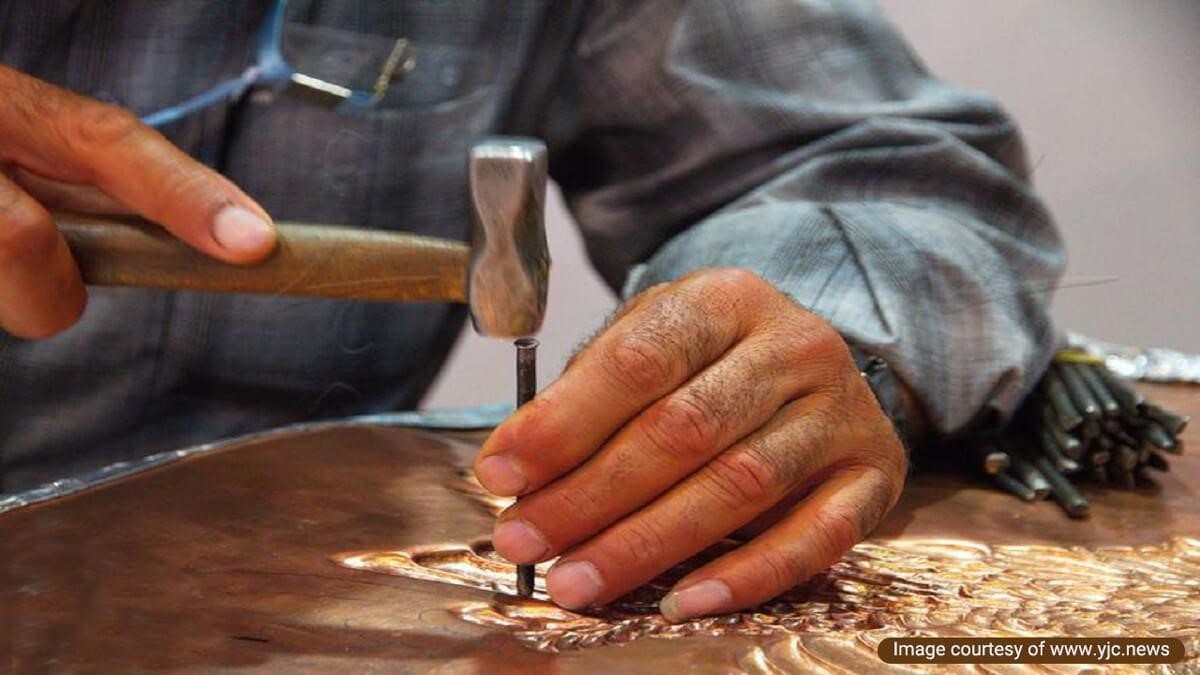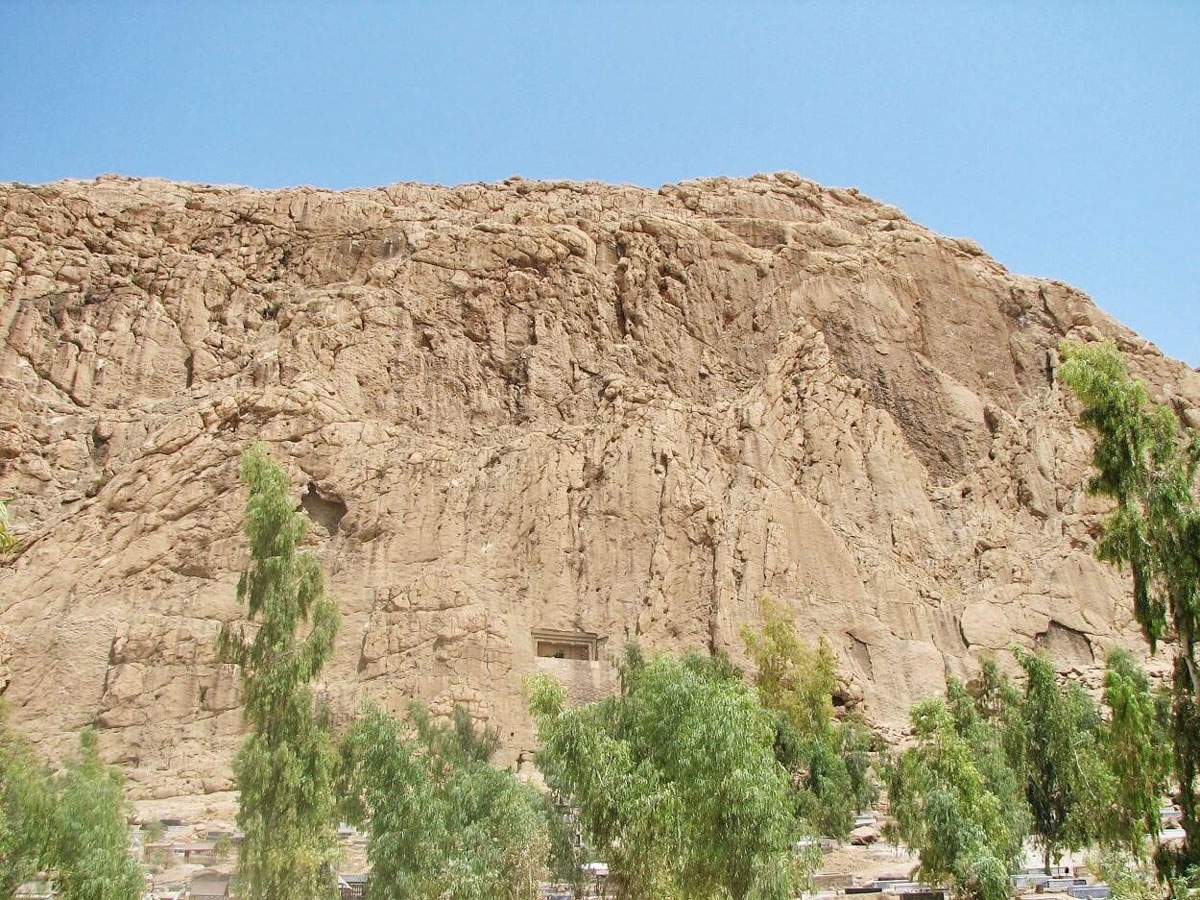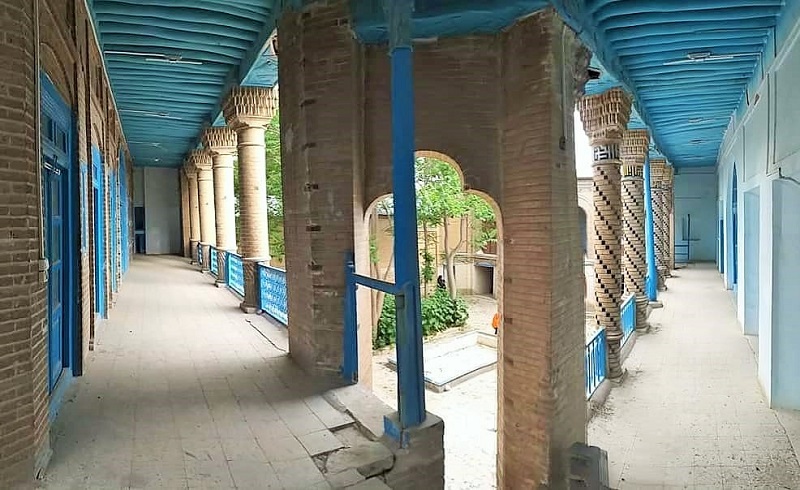
Khajeh Baruch House is one of the historic houses of the Qajar era and one of the famous Kermanshah tourist attractions. This historical house is one of the buildings in the style of the architecture of the Veil. The owner of the mentioned house was a figure named Khajeh Baruch, one of the Jewish merchants of Kermanshah. After that, a person named Randeh Kesh purchased this building. This historical work was included in the Iran National Heritage List in 1998.
This historic house is located in one of the neighborhoods of Kermanshah called Faizabad in an area occupied by the Jewish community. Khajeh Baruch House or Randeh Kesh House is one of the few buildings of the Qajar period that has a bathhouse with hot and cold water.
History of Khajeh Baruch House
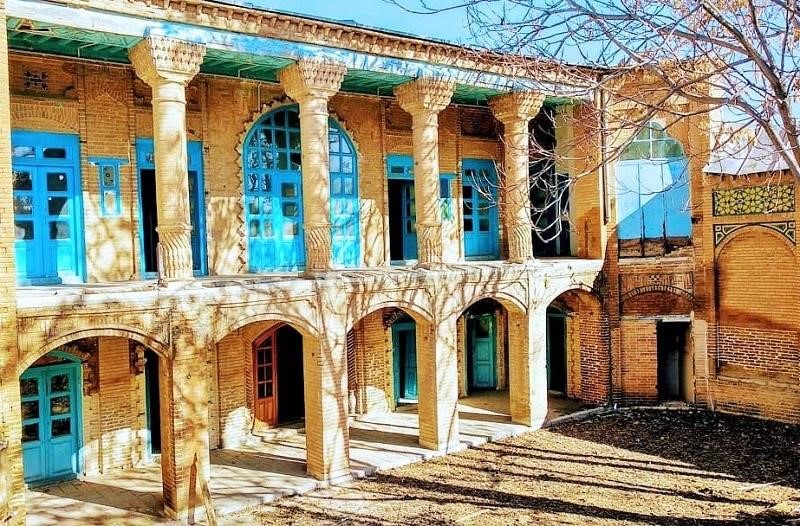
This house was built during the last decade of the reign of Naser al-Din Shah Qajar. The original owner of the house was Khajeh Baruch, who was considered one of the Kalimi merchants (known as Kalim-Allah) or the Jews of the city. After him, this house was purchased by other figures.
The last owner of this house was a person with the last name Randeh Kesh. For this reason, this house is also known as the Randeh Kesh House.
In recent years, Khajeh Baruch House was handed over to the Kermanshah calligraphers association for a while. During this time, this house was known as the Kermanshah Artist Forum.
The History of Kermanshah Jewish Community
According to historical data, the first presence of a Jewish community in the city of Kermanshah dates back to the 10th century AD. Although it is believed that Jews lived in this city before that. Around 550 BC, when Cyrus the Great freed the Jews from Babylonian slavehood, many of them arrived in the western regions of Iran and settled in Kurdish towns.
In the first and second half of the 18th century AD (Zand period) and during the internal rebellions in the city of Kermanshah, many Jews fled from this city.
After that and in the first half of the 19th century (Qajar period), according to a census, 136 Jewish families lived in the city of Kermanshah. They lived in a neighborhood called Faizabad, near the Yahoudi Bazar. One of the historic houses where Jews lived was the House of Khajeh Baruch. The Jewish community also built several synagogues in the city.
During the Pahlavi era, the first Jewish representative of Iran (Shmuel Hayyim) was executed for opposing the Shah. He had become a shareholder in a publication called Hayyim, which was one of the first Jewish periodicals in Iran.
In addition, after the 1979 revolution, a large number of Jews immigrated to Israel and some to Tehran. As a result of these migrations, the Jewish population in Kermanshah decreased significantly.
Design Features and Architectural Style of Khajeh Baruch House in Kermanshah
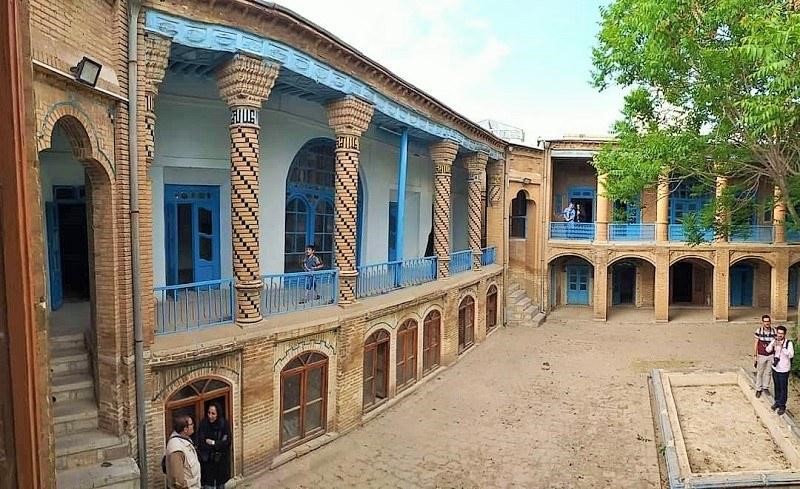
This house is one of the houses that follows the architecture of the veil style. In this way, the entrance to the yard is through a vestibule connected to a long corridor. The end of this corridor reaches the interior courtyard.
On the northern side of the yard and between the interior and exterior is a fountain room. The entrance to this fountain room is located in the interior courtyard and it is possible to enter it from this section. Above the fountain room, there is a room where the sun shines in from both the interior and exterior courtyards.
In addition, the facade of Khajeh Baruch House is visible from the west side of the courtyard. This house is a one-story building, on the ground floor, square-shaped brick columns are used to support the Iwan (porch).
Also, on the first floor of the building, there is an Iwan with four round columns and two semi-columns. The base of the columns on this floor, unlike the columns on the ground floor, has Bannai script embellishments(one of the scripts of Islamic calligraphy, which is a type of angular Kufi script). Also, the headstones are decorated with Muqarnass work.
Upon entering the ground floor of Khajeh Baruch House, the main hall stands out, which has an Orsi window and two small doors. On both sides of the Orsi window, there are two rooms, that have separate access doors to the Iwan.
On this floor, there is also a bathroom with a dome-shaped ceiling, and the mentioned rooms are located on its sides. At the time of this house’s construction, few houses had bathrooms. Therefore, the presence of a bathroom in Khajeh Baruch House was considered a privilege in its time.
Visit This Jewish Historical House in Kermanshah
Khajeh Baruch House is considered one of the most beautiful houses in Kermanshah because of its unique architectural style. If you are interested in visiting historical houses, this house can be your best option in this city.
If you travel to Kermanshah on an Iran tour package or personally, do not miss visiting this beautiful house. Destination Iran invites you to visit the house of Khajeh Baruch one of the most magnificent tourist attractions of Kermanshah.
Where is the Khajeh Baruch House in Kermanshah?
Khajeh Baruch House is located in the Jewish part of the Faizabad neighborhood of Kermanshah, inside Zarei Alley.
Frequently Asked Questions About Khajeh Baruch House
If you did not find the answer to your questions in the following, share your questions with us through the comments section of this post. We will answer them as soon as possible.
What is the history of the construction and ownership of Khajeh Baruch House?
Khwaja Baruch House was built at the end of the reign of Naser al-Din Shah Qajar. The first owner of the house was Khajeh Baruch and the last owner was a figure named Randeh Resh.
What is the architectural style of Khwaja Baruch House?
This historical house is one of the buildings that follows the architecture of the veil style.
How extensive is the history of the Jewish community in Kermanshah?
According to historical documents, the first presence of Jews in Kermanshah dates back to the 10th century. But some may have settled in this city since about 550 BC when Cyrus the Great freed the Jews of Babylon. According to the census conducted during the Qajar period, 136 Jewish families lived in this city. After the revolution of 1979 in Iran, the Jewish population of Kermanshah decreased significantly.
Currently, what are the uses of Khajeh Baruch House?
In addition to tourism, the building of Khajeh Baruch House is used as the Kermanshah artists’ forum. Kermanshah Calligraphers Association uses this house as their headquarters.
What are the other historical houses of Kermanshah, except the House of Khajeh Baruch?
In addition to Khajeh Baruch’s House, Khadivi’s House, Sarem al-Doulah’s house, Mo’tazad al-Doulah Waziri’s house, Suri’s house, Faiz Mahdavi’s house, Moeen al-Kitab’s house and Samadi’s house are located in Kermanshah.
Which one of the historical houses of Kermanshah has the most favorable conditions and facilities for tourism?
We recommend the house of Moeen al-Kitab and the house of Khakjeh Baruch.






